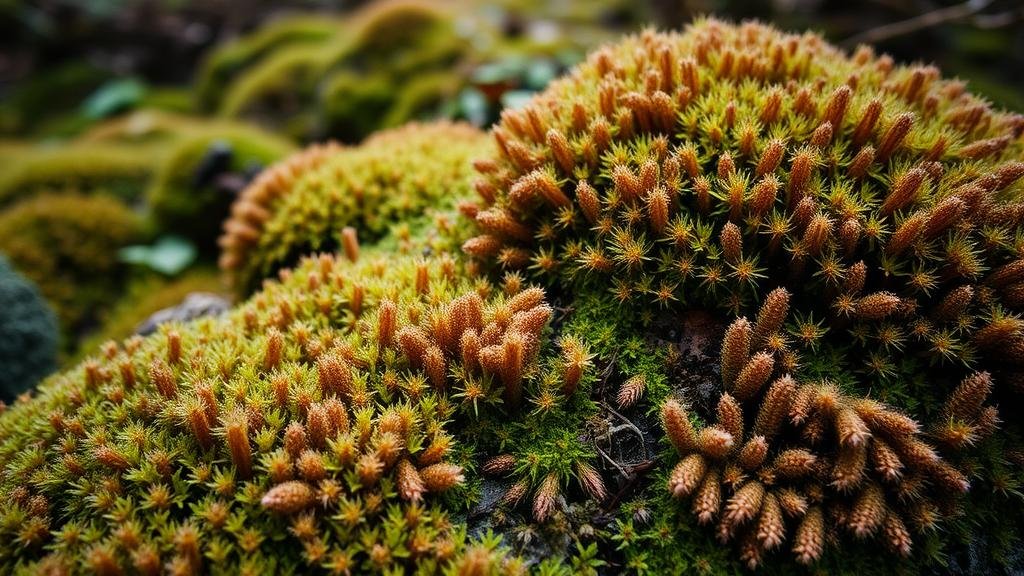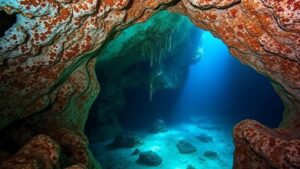Discovering the diverse moss species carpeting temperate rainforests in the Pacific Northwest.
Discovering the Diverse Moss Species Carpeting Temperate Rainforests in the Pacific Northwest
The Pacific Northwest (PNW) is renowned for its lush temperate rainforests, characterized by their towering conifers, rich biodiversity, and the unmistakable green carpet of moss that blankets much of the forest floor. This unique ecosystem extends from Northern California through Washington and into British Columbia, Canada. The diversity of moss species in this region is astonishing and plays a vital role in maintaining ecological balance. In this article, we will explore the various moss species, their ecological importance, and tips for identifying them within this region.
The Importance of Moss in Temperate Rainforests
Mosses are more than just a decorative element in the forest; they serve critical ecological functions. They are an essential component of the ecosystem for several reasons:
- Water Retention: Mosses can absorb and retain large amounts of water, helping to maintain moisture levels in the forest floor and supporting surrounding plant life.
- Soil Formation: As mosses decompose, they contribute to soil development and nutrient cycling, thereby fostering a healthy environment for trees and other plants.
- Biodiversity Support: Mosses provide habitats for a variety of organisms including insects, fungi, and microorganisms, supporting overall biodiversity in the rainforest.
Diverse Moss Species of the Pacific Northwest
The PNW is home to approximately 30 species of moss that thrive in the moist, shaded environments of temperate rainforests. Here are a few notable examples:
- Hypnum imponens: Commonly known as the Creeping Bristle Moss, this species forms dense mats and is often found on logs and shaded forest floors. It is particularly well-adapted to moist conditions, making it prevalent in the PNW.
- Sphagnum spp.: Often referred to as Peat Moss, these species are crucial for wetland ecosystems. They can retain water like a sponge and play a significant role in carbon storage.
- Polytrichum majus: Known as the Hairy Cap Moss, this species is characterized by its upright growth and distinctive hair-like structures called setae. It is commonly found in drier areas of the rainforest.
- Racomitrium canescens: This Grey Cap Moss thrives on dry rocks and is an excellent example of how moss can adapt to various environments.
Historical Context and Significance
Temperate rainforests in the Pacific Northwest have been shaped by climatic conditions over millennia. unique interplay between warm Pacific Ocean currents and the mountains creates the ideal conditions for moss growth. Historically, these forests have been profoundly influential in the cultures of indigenous peoples, who utilize moss for insulation and medicinal purposes. Also, the PNW forests have been vital in forestry and nature conservation efforts.
Identifying Moss Species
Identifying moss in the Pacific Northwest requires careful observation, as many species may appear similar to the untrained eye. Here are some tips to assist in identification:
- Look for Location: Different moss species have specific habitats. For example, Hypnum imponens prefers shaded, moist areas, while Racomitrium canescens thrives on dry, rocky surfaces.
- Examine Color and Texture: Mosses can vary in color from vibrant green to dull gray, and texture can range from soft and plush to coarse.
- Check Size and Growth Form: Mosses can be low-growing or upright. Note whether they form carpets, tufts, or clumps.
Real-World Applications and Conservation
The understanding and preservation of moss species are critical for maintaining the health of temperate rainforests. e ecosystems act as carbon sinks, and their degradation can lead to increased greenhouse gas emissions. Conservation efforts are currently underway in various regions, including the Olympic National Park in Washington, to protect these invaluable ecosystems from logging, urban development, and climate change.
Conclusion and Actionable Takeaways
The diverse moss species carpeting temperate rainforests in the Pacific Northwest illuminate the intricate relationships within ecosystems. By learning about and identifying these species, individuals can appreciate their role in the environment and contribute to conservation efforts. Aspiring naturalists can:
- Join local conservation groups focused on forest preservation.
- Participate in citizen science projects that help track and document moss species.
- Educate others about the importance of biodiversity and the need for sustainable practices.
By fostering a deeper understanding of these remarkable organisms, we can contribute to the protection of the lush, green wonders of the Pacific Northwest.



